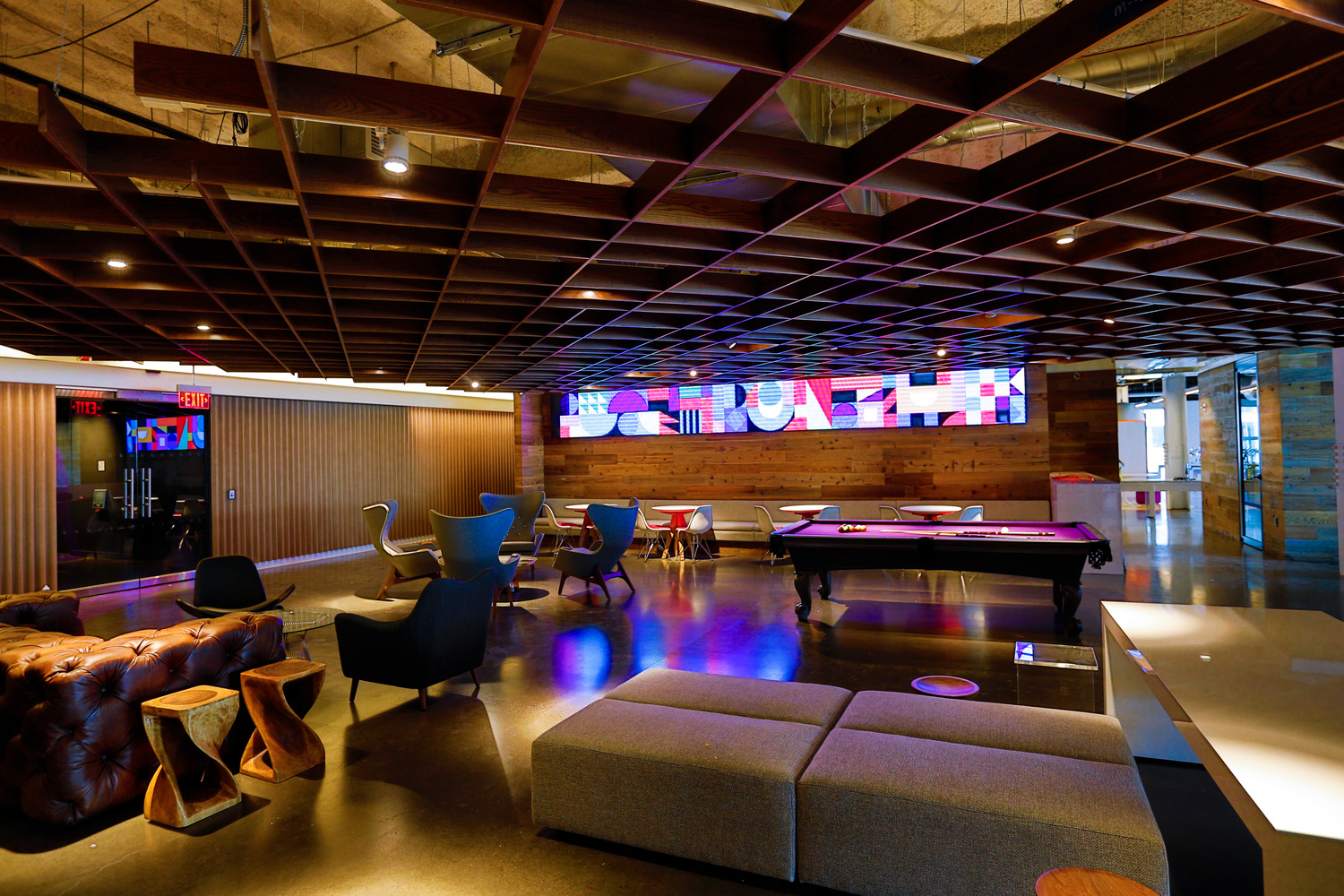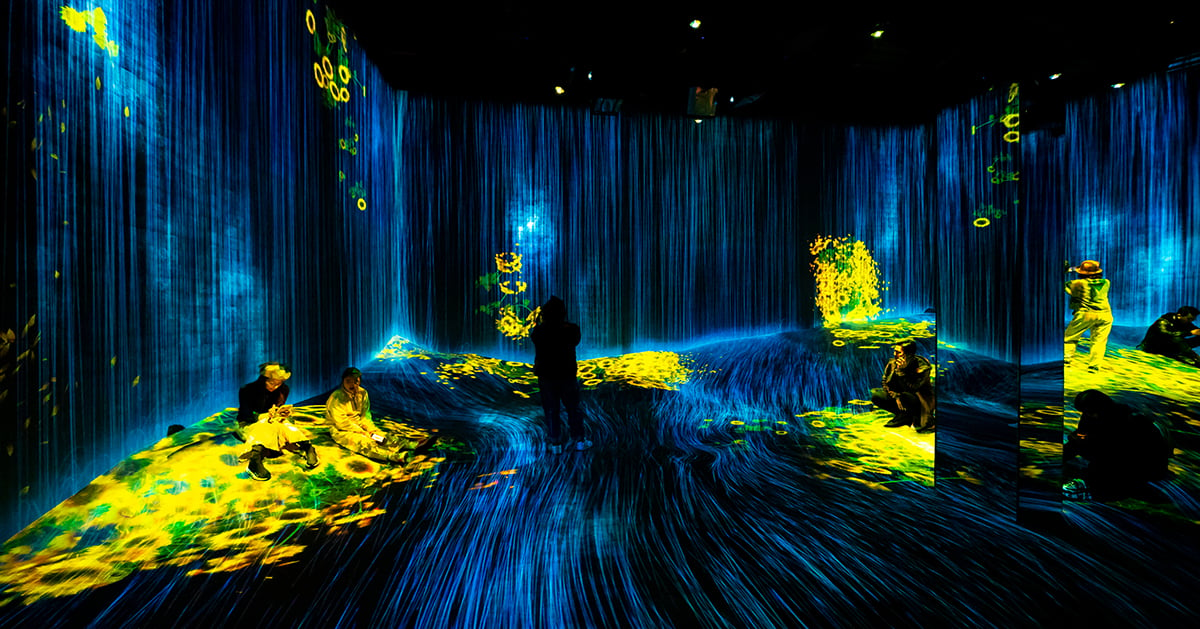
How to Avoid the Six Common Mistakes that Could Shorten the Life of Your Video Wall
A video wall provides a powerful opportunity to attract attention. While the price point for direct-view LED walls is decreasing, they still represent a significant investment of time and money. Ideally, the video wall you install today is still viable in six months when you want to deliver completely different content. In order to ensure that your video wall will deliver a return on investment and meet your quality expectations, I help clients avoid these six common mistakes that could shorten the life of a video wall:
#1: Installing a video wall in a location where it is likely to become damaged or broken.
LEDs are a fragile product and can easily be broken if bumped. While manufacturers are working on solutions to address this issue, we’re still a way out from being able to install a video wall in, say, a high traffic area or a children’s museum.
Tip: To avoid unnecessary repair costs, install your video wall in an area where it is out of reach and cannot easily be bumped by objects or passersby.
#2: Underestimating the importance of mounting and framing the video wall.
A video wall is either hung from above (often from the ceiling), built from the ground up, attached to a backing frame, or a combination thereof. The walls of buildings are rarely ever flush and straight so it’s up to the frame to fix those problems before the LED gets installed. Thus, the frame is the foundation of your video wall. A poorly installed frame not only impacts the quality of the image on day one, but the quality worsens over time. A small problem during installation can expand as the wall settles, and the building naturally moves and adjusts.
Tip: Make sure the frame is plumb and flush, and LEDs are attached to the frame.
#3: Failing to consider your long-term color needs.
Are you planning a logo redesign? Or is the company likely to be acquired soon and undergo rebranding? Does your content adhere to a specific color pallet? There are a lot of different LED manufacturers to choose from, and they differ in terms of color-rendering ability. Some render more colors than others. Choosing a manufacturer based on price alone may leave you disappointed in the future.
Tip: If you know that you need to reach a specific color associated with your brand, then allow that information to drive the decision process. Make sure the LED can reach that wavelength.
#4: Not looking at real-world examples.
There’s a difference between a video wall with LEDs spaced 4 mm apart versus one with LEDs spaced 12 mm apart. One wall will require more LEDs and therefore come with a higher price tag. However, the experience of looking at the video wall will also be different. Making a purchasing decision based on price—without looking at real-world examples, be it in a manufacturer’s showroom or the local mall, is sure to result in disappointment.
Tip: Experience different video walls for yourself. You’ll have realistic expectations for what the end product will look like, and you’ll be able to make a more educated purchasing decision.
#5: Forgetting to play nice with the camera.
Smartphones are ubiquitous. One off-the-cuff selfie in front of your video wall has the potential to go viral—unless the video wall flickers when the photograph is taken. Your content could look great in real life but look horrible on a camera phone.
Tip: If there’s a chance your video wall could end up in photos, make this a requirement. This will impact the hardware specs, specifically the refresh rate of the LEDs and the processor driving the content.
#6: Using an uneducated provider who can’t speak the language.
A lot of technical considerations go into designing a video wall. For example, the frame rate of the video, bit depth, and color space are all terms that define video quality, and there are standards for each of these. Knowing where you want to operate within those constraints will drive what product you purchase.
Tip: If you can’t define the requirements for these technical specs yourself, then work with an agency that can help you do so. Even better, look for an agency that can speak that language with the content creator on your behalf.
Installing a video wall is a big project. But with some expert guidance and careful planning upfront, you can install a video wall that will enable you to engage customers today and tomorrow.
Andrew Menendez
Andrew Menendez, Electrosonic’s Director of Design Engineering, writes on the engineering initiatives that are driving change in the audiovisual industry. With more than 15 years’ experience in some of the largest projects in the industry, Andrew knows what it takes to push the boundaries of technology and deliver a solution that meets strategic goals.










.jpg?width=1500&height=995&name=ELC501_N17_medium%20(1).jpg)



.jpg)

.jpg)



















.jpg)




.jpg)
-png.png)












.jpg)





.jpg)


-(1)_1200x629px.jpg)




.jpg)
.jpg)





-RR.jpg)







.png)




.jpg)






.png)





















%20(1)-es.jpg)
.jpg)








.jpg)

.jpg)





.jpg)



.jpg)















.png)

.png)





























.jpg)
.png)





.png)

.jpg)


.png)






.jpg)
.jpg)


